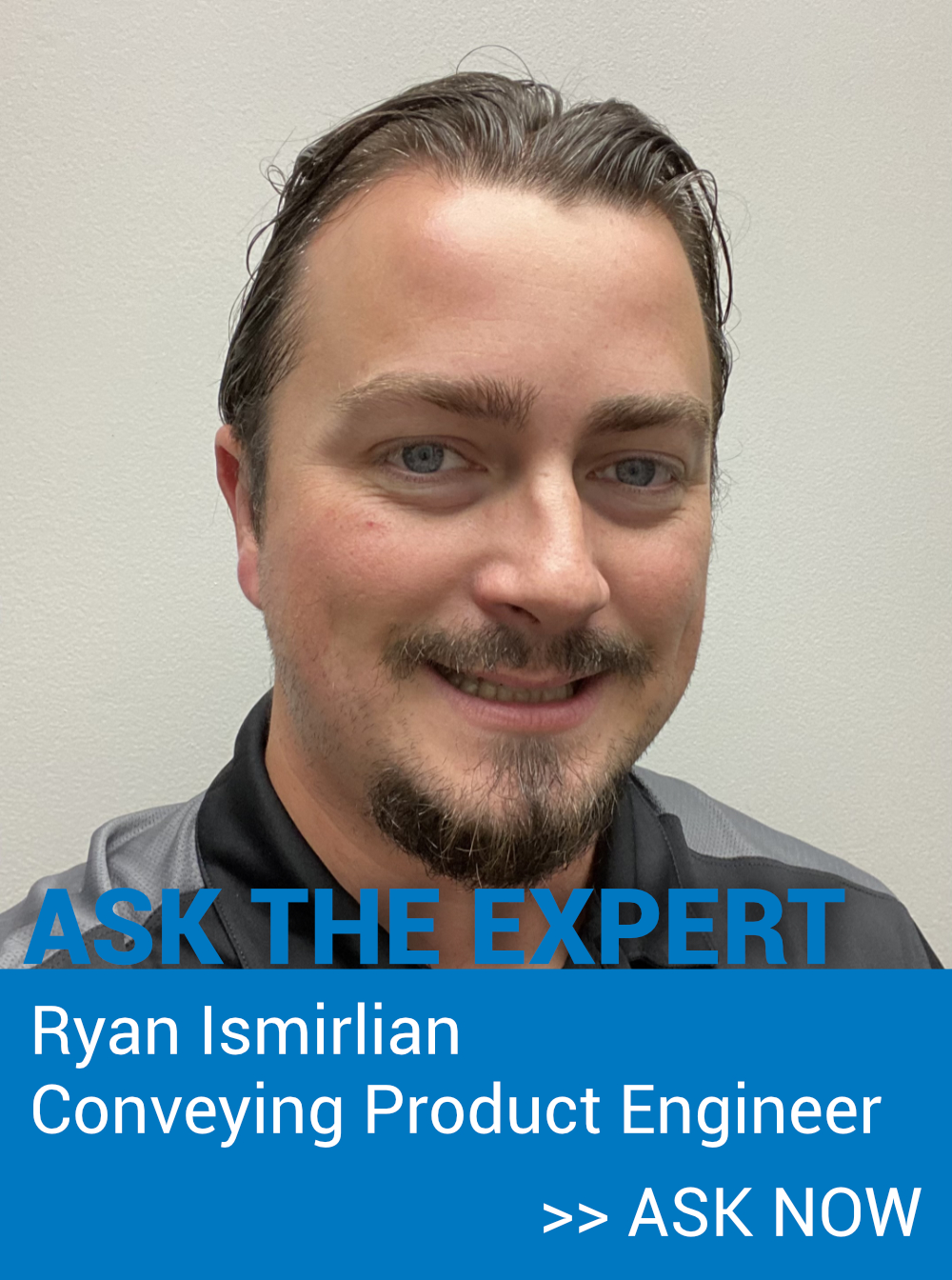Conveying Systems Design Combines Process Knowledge and Technology
This experienced team of applications engineers develop conveying systems that fit a plant’s materials requirements with state-of-the-art control and monitoring technology.
Video Transcription
Narrator: Good morning. I'm here with Kevin Embury who is the Vice President of engineered systems and conveying. It's a big title. Kevin, I'm looking at this piece up here which shows a display of various systems installed by Novatec and it begs the question, why Novatec? What makes you different? And in this business how is this unique?
Kevin: Good question. Thanks, Paul. Hi guys. With Novatec, in the system approach, we are constantly trying to help customers solve their problems. Each customer has a different set of problems and a different set of processes and integration ideas that they're trying to accomplish at the plant level. Novatec, a few years back, changed our idea and the approach of how we want to support these customers so a lot of our technical sales managers, our inside technical sales territory managers, and our process engineers and technicians have at one time been at the plant level themselves, with regards to being process engineers at tier 1 automotive or extrusion facilities. In doing so, we tend to be a little bit more in tune with how to help solve some of those problems at the plant level.
Narrator: Well let me ask you this, what are some of the most recent challenging applications you've had to deal with?
Kevin: A lot of customers are trying to get more technically networked, whether it be Industry 4.0 or just having more exposure to their own systems internally – monitoring silo level, monitoring dryer processes from a network. We've done a great job with our control and our control interfaces to allow for that networking to happen either at your iPad level, your computer, or your iPhone. All our project engineers and technicians are able to help you get that network connected and online and help train you on that network.
Narrator: We're going to stop here because we're going to go over to the conveying wall. We'll talk about that next so come on over with us. OK we're back here with Kevin North and this conveying wall and what it is, is pretty impressive, Kevin. It shows a lot of ways to address conveying solutions, so why don't you take us through this.
Kevin: Each customer tends to have their own process and each process has a different set of materials and complications at times. We have customers that convey soft materials like polyethylene and polypropylene. We have customers that convey very aggressive materials, such as glass filled nylon. Those pellets can cause their own situations in the conveyor process if not addressed properly up front. With glass fill resins, for instance, when conveyed at too high a velocity you can get a line where the aluminum piping and tubing can start getting holes worn and where the clamps are dense were in the piping. That same high glass filled resin can cause abrasion just like sandpaper, just like a sandblaster when you're sandblasting off material to get paint off of a car fender or something to repaint. It will erode it to the point where your flex hose can fall off. It can erode holes through check valves. It attacks elbows. You'll be walking across the plant and have flat plastic pellets falling from the ceiling on your head at times. It's a little frustrating and it's detrimental to your conveyor system because it creates a lot of vacuum loss and the next thing you know you have no resin make it to the machines. If we understand your materials upfront, we can design for that. There's several ways to approach it. One way to approach it, we can put a variable speed controls on your pumps. We could put very simple flow controls in your vacuum header out of the material flow to control your velocities. But understanding the customer situation and needs, material types, distances, we can approach those upfront and help you address those so they don't become issues later.
Narrator: I have to admit, it's a little bit complicated. How do you address this? And how did you start a discussion with a new customer?
Kevin: Good question. First thing is, we have to listen to the customer. During our meetings with the customer we ask for a lot of information. Sometimes we get generic information, which doesn't help the customer and doesn’t help us, so sometimes we'll dig down deeper to understand all the material types that you're conveying. What are the sources and what are the destinations? How many pounds an hour? Simple questions help us help you create a system that is going to hold up for a long period of time without creating smearing of angel hair through your line or holes in your pipes. Now sometimes with glass filled resin, you're going to get holes and wear in your system no matter what. But we offer products and tools to help you minimize that. So instead of it happening one or two years out it might happen five or six years out. We can also help you do a quick interchange, a quick elbow swap out. We have interchangeable parts on our receivers now, so we make it quick and easy to unbolt them, bolt a new one in, and away you go again.
Narrator: That's perfect. Kevin, thanks very much. If you have any other questions or want to learn more about conveying, go to www.novatec.com.



